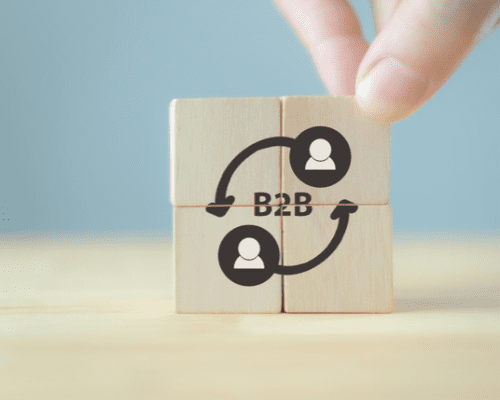Picture Marketing and Sales as two different planets: Planet Attract and Planet Convert. While they exist independently of each other – they are fundamentally connected stops on the customer journey. As your customer travels from one planet to the next, the experience needs to be seamless in order to increase retention and encourage your customer to re-enter the funnel.
However, in many companies, conflicting visions and departmental silos drive these two planets apart, resulting in an uneven customer experience that risks loss of sales and increased churn. Properly understanding the interconnected relationship between the two is key to devising a robust CRM strategy that guides the customer at every stage of the lifecycle, encouraging loyalty and impacting your top-line growth.
Smarketing: Two planets. One journey.
There’s a reason we think of the two departments as different planets. Marketing departments tend to have a long-term strategic vision, focusing on building brand recognition and developing initiatives to attract leads. Sales, on the other hand, prioritises instant gains and driving lead conversion to increase profit in the short term.
The integration of Sales and Marketing processes brings these two planets in line, through something known as Smarketing. The concept is based on the idea that both departments are fundamentally working towards the same goal: to promote your product or service in the most efficient way possible, while converting more leads. Two planets – one journey.
Smarketing: clearing a path for the customer
After a lead is attracted to a business, their resulting experience is key to move them from Planet Attract to Planet Convert. This essential step is the relationship between Marketing and Sales.
The alignment of Sales and Marketing could be the missing link to long-term growth. When implemented correctly, this collaboration can provide a number of benefits for both your organisation and your customers. Here’s how it can help your company.
Leveraging pipeline marketing effectively
Pipeline Marketing is the next step after lead generation, focusing more on driving conversions and revenue rather than just leads. When your Sales and Marketing teams work together, they can amalgamate their data to facilitate decision-making, goals and lead-generation tactics that are based on bringing revenue.
With more of an idea of which customers tend to convert, Marketing can focus their campaigns, CTAs and content towards the appropriate demographic. In turn, results from your Sales team will demonstrate which tactics work, and which to improve for more success.
Creating a more accurate buyer persona
Smarketing also means that your Sales and Marketing teams can collaborate to develop specific buyer personas to deliver better, more tailored leads for your customers.
When both teams work together, they can ensure that marketing campaigns are aligned with the kinds of leads the Sales team typically sees the best results from. Additionally, by establishing more accurate lead-qualification criteria, your organisation can ensure that energy is not wasted on leads that are unlikely to convert.
Empowering more accurate results tracking
Not only can Smarketing help your organisation to personalise your buyer’s journey, but it can also empower more accurate results tracking. Typically, Marketing and Sales have different approaches when it comes to tracking progress. Sales outcomes are easier to measure, whereas with Marketing, the connection between activity and revenue can be difficult to track. A Smarketing approach would involve collaboration between both teams so that they both understand the full scope of the funnel.
Improving processes and hand-offs
In many cases, friction can occur during the handoff stage, when Marketing passes leads to Sales and those leads are not contacted. This can be due to communication issues, or in some cases, leads from Marketing aren’t always the best fit for Sales. When both teams work together, however, leads are more likely to transition from Marketing qualified leads to Sales qualified leads.
Using CRM to align your Sales and Marketing teams
Your CRM software is your organisation’s 360º view of each customer. It’s the portal through which your Sales and Marketing teams can work together to deliver more value to prospects and existing clients.
When integrated correctly, CRM software provides customers with a seamless experience, carrying them through every stage of the journey. With efficient workflows, the right CRM will help bridge the gap between both teams, allowing them to work side by side to reduce churn and drive loyalty.
redk has over 15 years’ experience as technical and consultancy CRM experts. We aim to support companies seeking to enhance efficiency and profitability through world-class tools that optimise team performance across your organisation.










